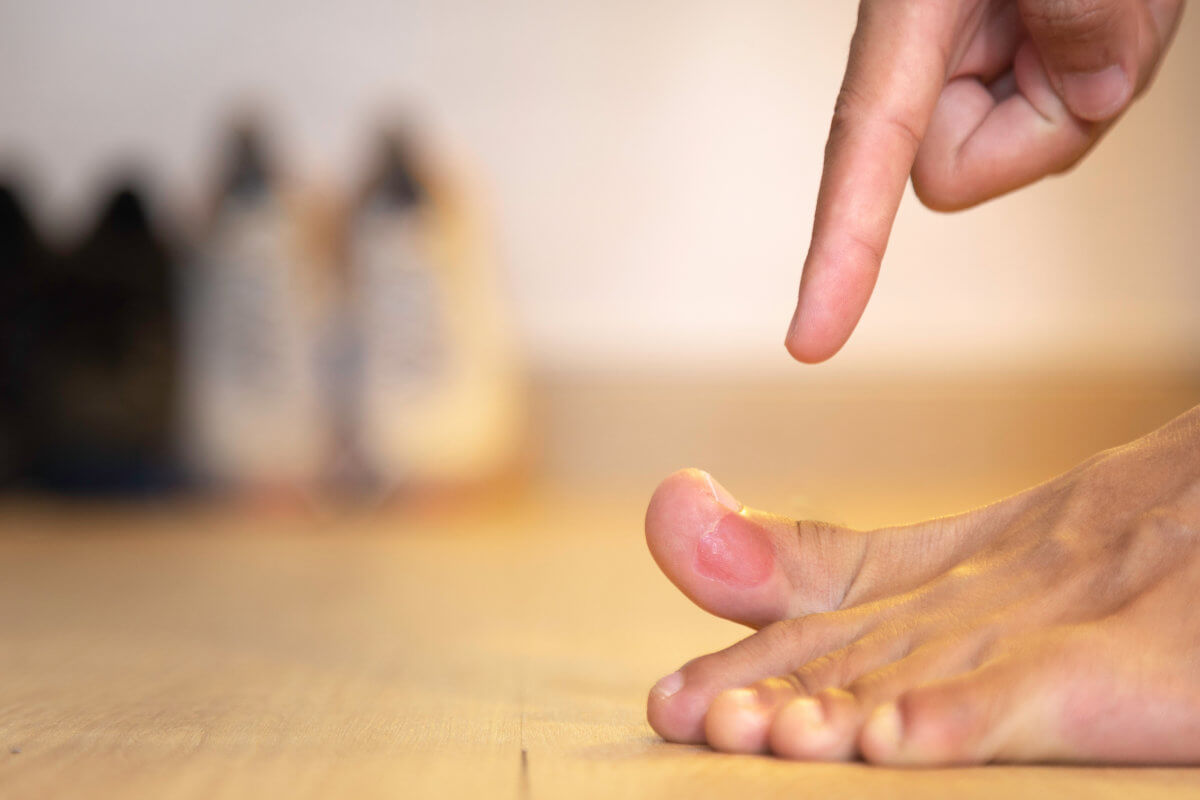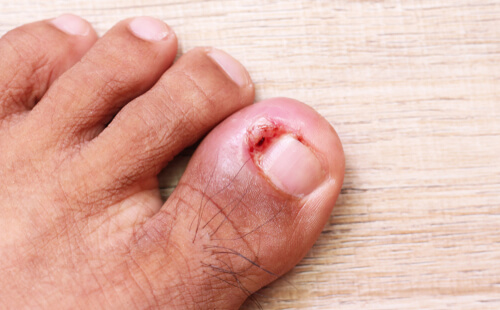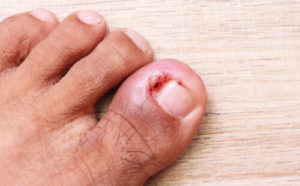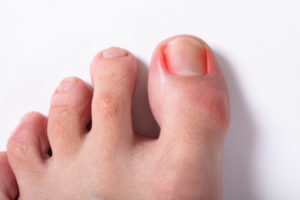How to Prevent, Treat, and Recognize Potential Issues
Experiencing a blister on your toe is a common occurrence, often resulting from pressure or rubbing. Given that the foot is the foundation of your body and bears the entirety of your body weight, blisters are almost inevitable. Whether caused by new shoes, a lengthy hike, or glamorous yet uncomfortable heels, blisters are generally not a cause for alarm. This blog delves into the causes, prevention, and treatment of blister infections on toes.
What Causes a Blister to Form?
Pressure and friction on the skin can lead to the development of blisters, often referred to as friction blisters. This occurs when excessive pressure breaks down the skin, causing the outer layer (epidermis) to separate from the tissues beneath, filling the area with fluid. Blood blisters may also form if trauma causes bleeding under the outer skin layer. Eventually, the thin layer of skin peels away, making room for new skin to develop.
Why is it Painful When you get a Blister Infection on your Toes?
Disrupting the outer layer of skin exposes a deeper layer, activating small nerves that signal pain to discourage the triggering activity. The fluid-filled area adds pressure, contributing to the pain. Draining the fluid by breaking the blister often reduces pain.
Preventing a Blister Formation
- Shoes: Avoid poorly fitting shoes, ensuring they are wide enough, especially for foot deformities like bunions. Break in new shoes before engaging in prolonged activities.
- Padding the Area: Use moleskin or similar padding on areas prone to blisters.
- Socks: Choose socks with adequate padding, avoiding overly thin materials. Consider materials like polyester to wick away moisture.
- Hand, Foot, and Mouth Disease: Recognize that this disease can cause blisters on the feet, typically in children under five, and differs from regular blisters. Handwashing is crucial for prevention.
Treating Blister Infections on Toes
- Eliminate the cause: Stop wearing shoes or reduce the activity.
- Clean the area with soap and water to prevent infection.
- Apply a triple antibiotic ointment, like Neosporin.
- Consider padding the area with gauze to reduce pressure.
- Generally, avoid popping the blister to allow natural healing. However, in some cases, it may be advisable for relief or if signs of infection appear.
When to Seek Professional help for a Blister Infection on Toes
In most cases, a visit to the podiatrist is unnecessary. However most people overlook blister infections on toes because they underestimate the issue.
- If the blister is infected with significant redness and drainage, professional evaluation by an experienced podiatrist is recommended.
- For diabetic individuals, seeking attention from a podiatrist is crucial due to reduced pain sensitivity and impaired circulation, putting them at higher risk.
Don’t ignore potential issues; early intervention can prevent complications.
Call us today at our Fort Collins location (970) 329-8158, Broomfield location (303) 997-2795, Surgery Center (970) 329-8158, or use our online scheduling system to book your appointment.



 What exactly is an ingrown toenail?
What exactly is an ingrown toenail?

